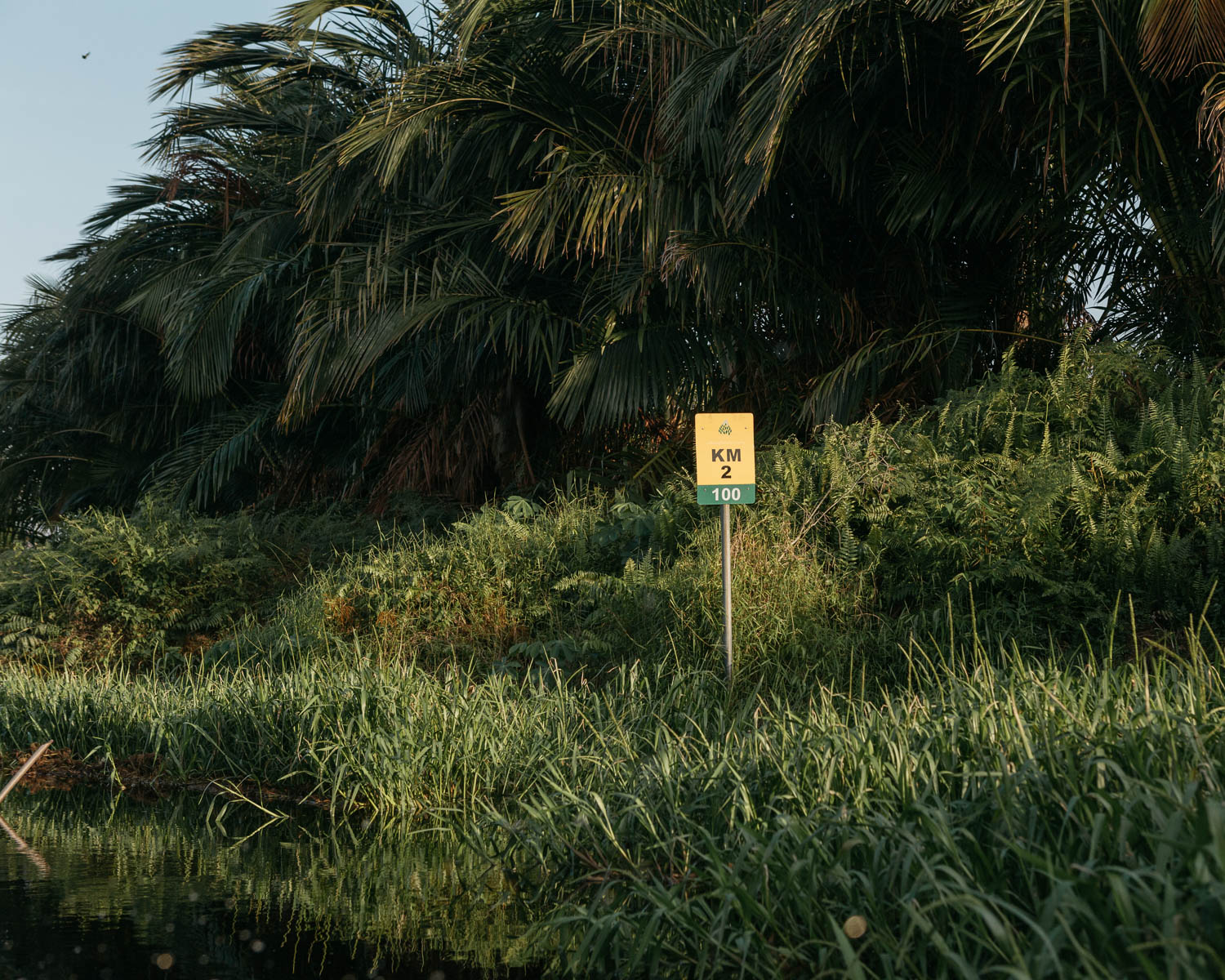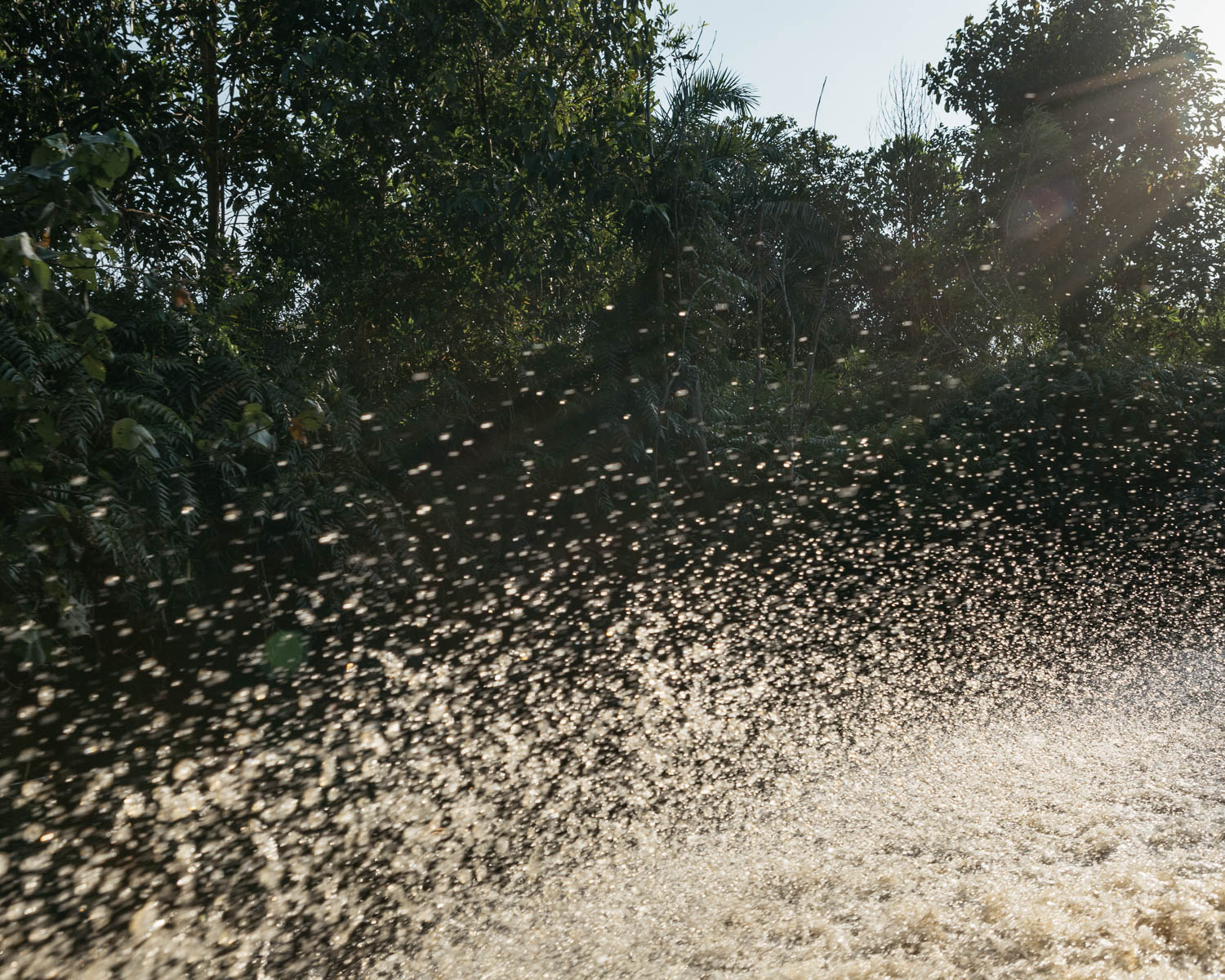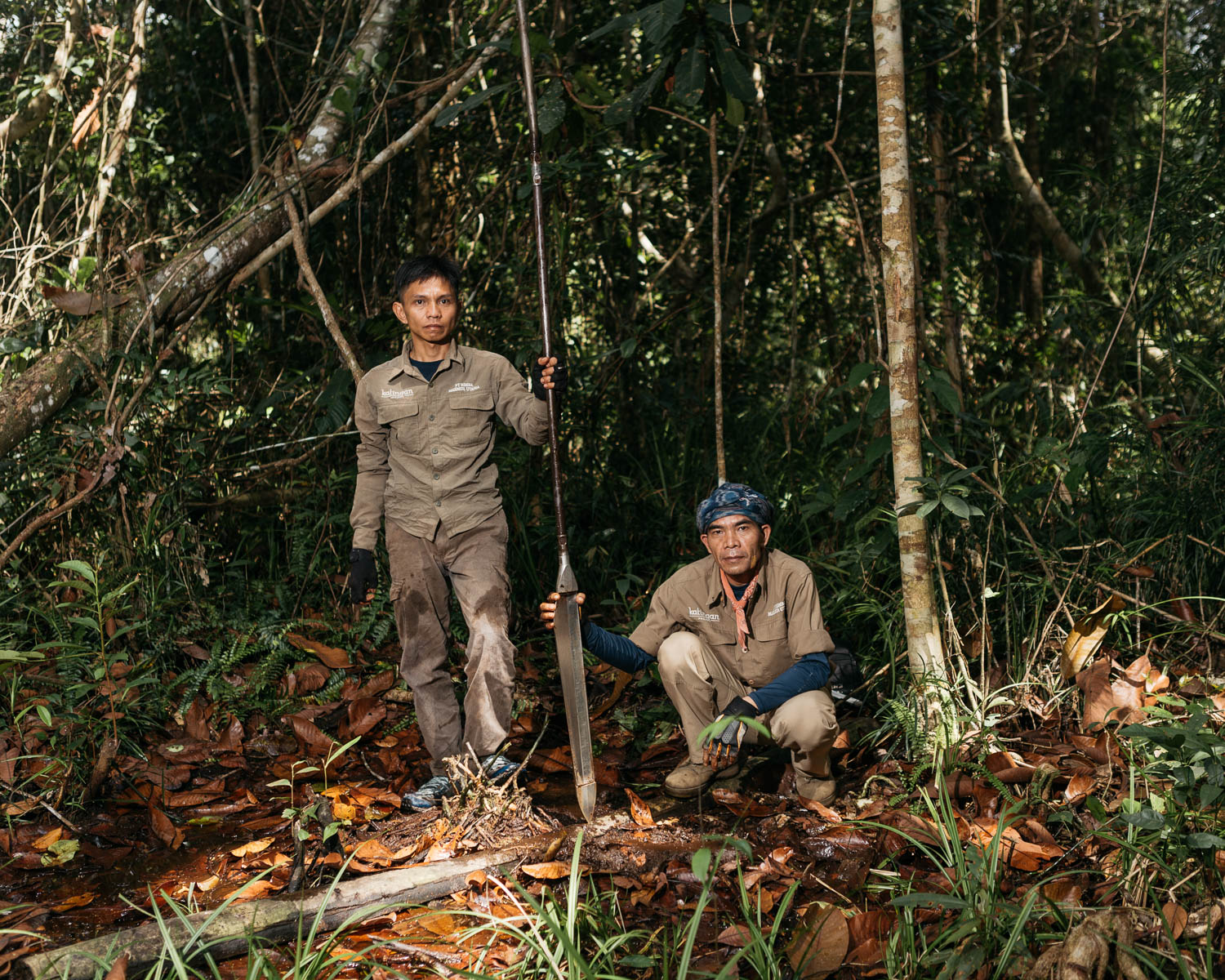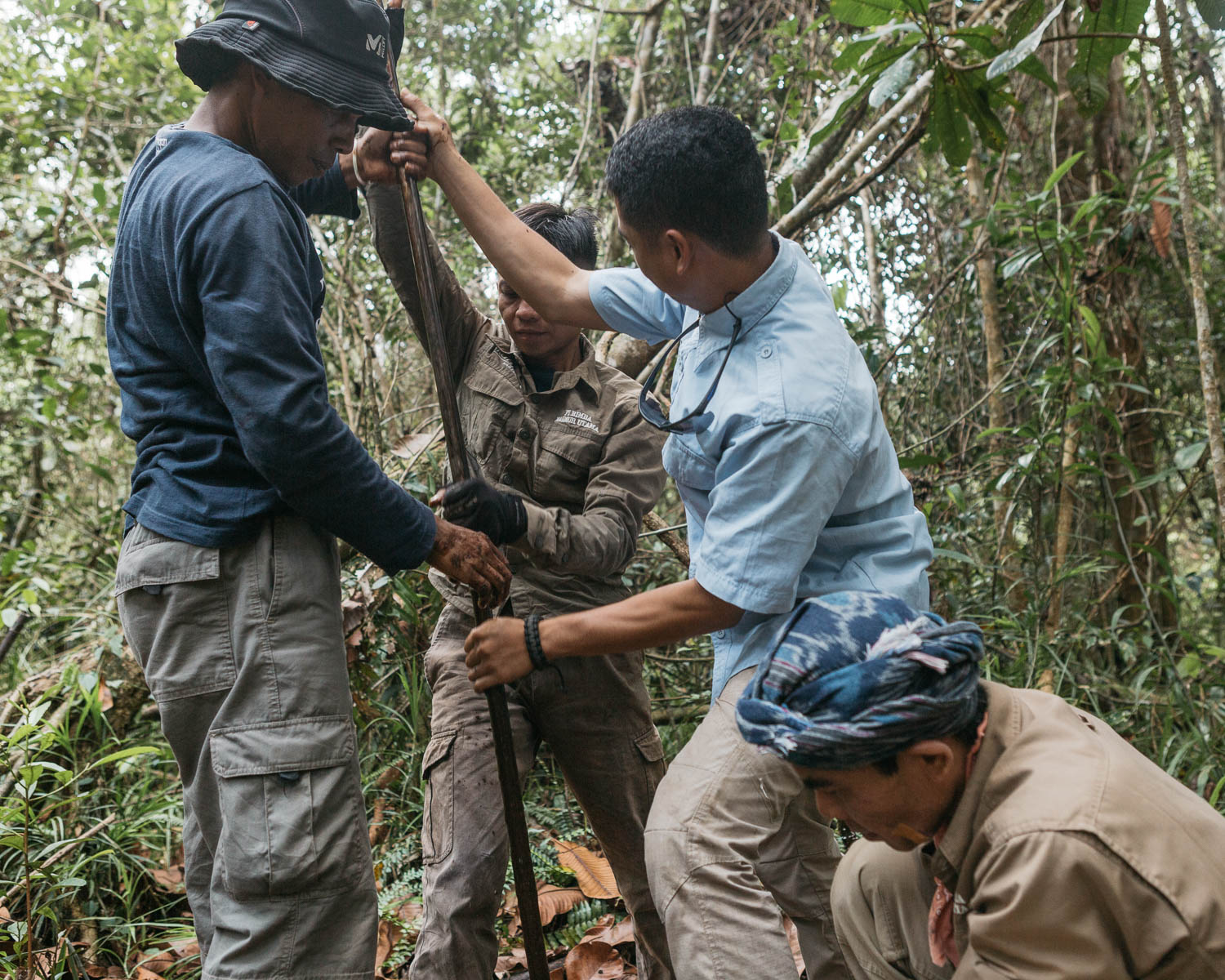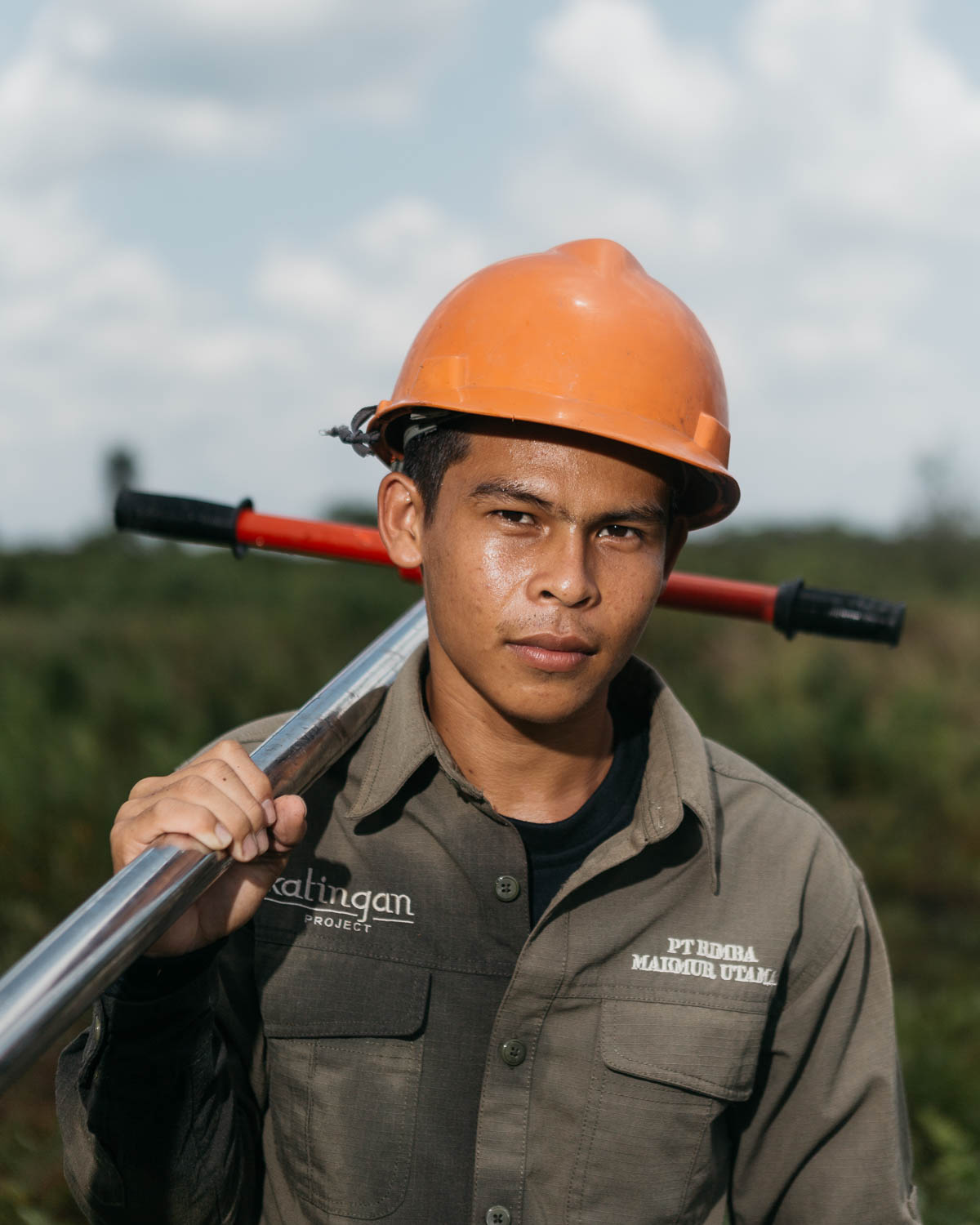Images (including outtakes) from recent assignment about Carbon Credit for The Wall Street Journal in Kalimantan (Indonesian Borneo).
Exceprt from original text by Jon Emont.
Eleven years ago Dharsono Hartono, a former JPMorgan Chase & Co. banker, spotted what he thought was a new way to make a fortune: climate change. The plan was to snap up rain forest in Borneo, preserve it from logging and sell carbon credits to big polluting companies in the developed world. The earth’s temperature was rising, and this was a way to profit by confronting the problem.
His bet has been on what some investors hope will be the most profitable outcome of a warming climate: government regulation of carbon emissions. Those who correctly anticipate future government responses to climate change are likely to reap profits.
Mr. Hartono went in big. His company’s rain forest, a humid and swampy expanse home to orangutans and clouded leopards, is twice the size of New York City and has one of the largest carbon stores of any such project in the world.
But the carbon windfall never arrived.






